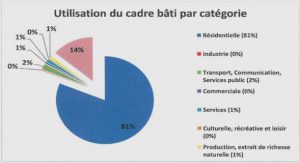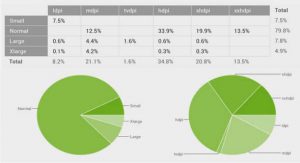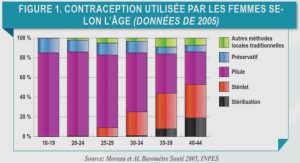Calcite precipitation during growth of Synechococcus sp. strain PCC 8806
Calcium carbonate precipitation is a key process in the carbon cycle in marine and lacustrine environments (Merz-Preiß, 2000). A large number of studies have been published where the potential for cyanobacteria for calcite production is described (Lee et al., 2004). Two different cases are often cited as examples of massive, biologically-induced carbonate precipitation events, referred to as « whitings » in hard-lake and marine environments: the Fayetteville Green Lake (Thompson and Ferris, 1990, Thompson et al., 1997) and the Great Bahama Bank (Thompson, 2000; Morse et al., 2003). The whitings are composed of suspended fine-grained carbonate particles. In the Fayetteville Green Lake (FGL), blooms of cyanobacterial picoplankton are reported to be associated with the CaCO3 precipitation events (Thompson et al., 1997). Furthermore isotopic evidences, mainly δ13C enrichment of the calcite sediment suggested that the calcite precipitation is a biologically-mediated process (Thompson et al., 1997). The situation encountered in marine environments is more confused (Milliman et al., 1993; Morse et al., 2003). The withings form patches of milky waters that drift around for several days. Marine environments offer nutrient poor growth conditions for photothrophic organisms (lack of nitrate, phosphate…), and blooms appeared associated to upwelling events in which it is difficult to disentangle the various possible factors for calcite production. The origin of whitings in the Great Bahama Bank (GBB) has been hotly debated since many decades (Thompson, 2000; Broecker et al., 2001; Morse et al., 2003; Buros- Serrano, Marine Geology, 2009). Both biologically induced calcite precipitation phenomena (Robbins and Blackwelder, 1992; Robbins et al., 1997), as well as the idea that the GBB whitings may be caused by re-suspended sediments (Morse et al., 2003), have been proposed.
In fact the « biologically induced calcification process » (Thompson et al., 1997; Riding, 2006) illustrated two strongly associated phenomenon’s: first, the generation of an alkaline microenvironment thought the uptake of inorganic carbon (through the carbonic anhydrase (CA) activity on bicarbonante; second, the role of the complex layers formed by the structure of the cell walls. The photosynthetic activity by the cyanobacteria, using bicarbonate as McConnaughey, 1994; Price et al., 1998; Kaplan and Reinhold, 1999; Badger and Price, 2003). The cytoplasmic membrane and the cell wall play probably an active role, increasing local cation concentrations (cation binding through molecules as polysaccharides) and acting as a diffusion barrier, slowing ion exchanges in this area (Schultze-Lam et al., 1992; Freytet and Verrecchia, 1998; Arp et al., 1999). According to these hypotheses, calcite nucleation takes place outside the cells close to the outer cytoplasmic membrane (in the S-layer). Nucleation contributes to lower the energy needed to make atom bonds in the solid form (Obst and Dittrich, 2005). Nevertheless demonstrations that cells or biological structures could play a role in the calcite precipitation by providing preferential nucleation sites are scarce. The macro-scale influence of cyanobacterial photosynthesis on pH inevitably complicates the laboratory demonstration of nucleation initiation. Indeed, in a carbonate
0.2 μm cellulose acetate filter (Whatman). Filtrate samples were acidified (with 10 μl of a 2N HCl solution) and stored at + 4°C until analysis if not treated immediately. Calcium analysis was done by High Performance Liquid Chromatography (HPLC) on a DIONEX ICS 3000 equipped with eluent generator and a self regenerating suppressor (CSRS-ULTRA 4 mm). Cations were separated at 30°C on a DIONEX IonPac CS12 column (4 mm x 250 mm) with methasulfonic acid 20 mM at a flow rate of 1 ml/min and quantified with a conductivity detector. The injection volume was 25 μl (full-loop injection). Linear calibration curves (with automatic titrator (Titrimo 702 SM, METHROM). 10 ml filtrate was analyzed immediately after sampling. Sample was not diluted to avoid pH change and equilibration with atmosphere. Automatic titration was done with H2SO4. Normality of H2SO4 was 0.01 N or 0.001 N depending on bicarbonate and carbonate concentrations in the sample.



